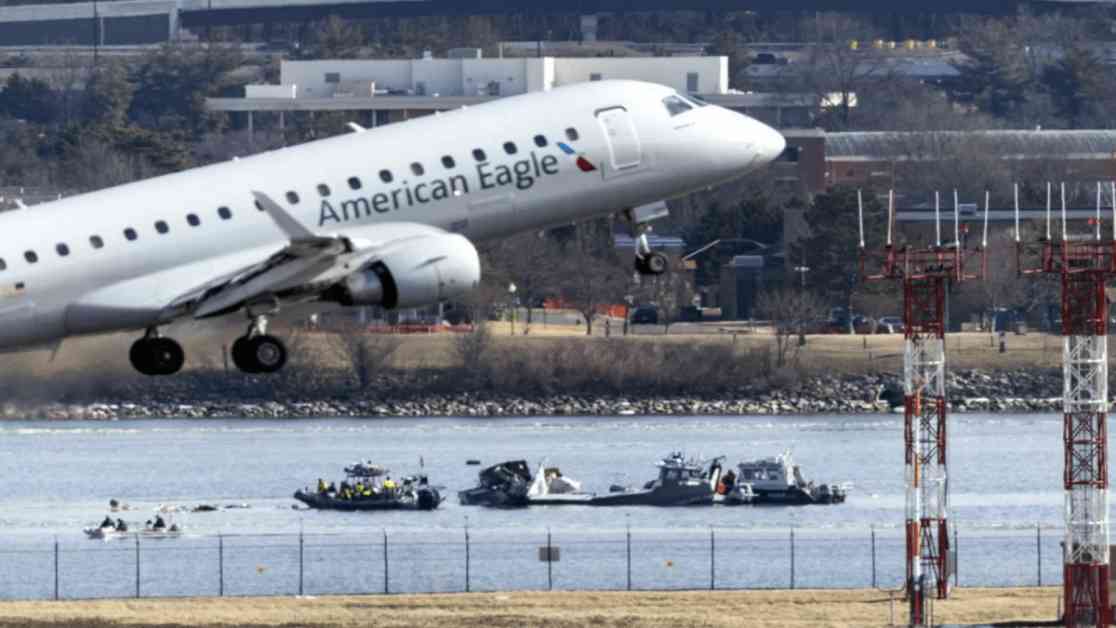In the wake of the tragic midair collision between an American Airlines regional jet and a U.S. Army Black Hawk helicopter on January 29, the Potomac River faced a lengthy and challenging restoration process. However, thanks to the collaborative efforts of the U.S. Army Corps of Engineers, the U.S. Coast Guard, and the U.S. Navy’s Supervisor of Salvage and Diving, the affected section of the river has been fully restored ahead of schedule. This feat was accomplished through a coordinated response that involved the removal of wreckage, the recovery of victims, and the meticulous clearing of debris to ensure the safety of navigation.
Unified Efforts and Partnerships
Baltimore District Commander Col. Francis Pera commended the teamwork displayed by all agencies involved in the restoration efforts. He emphasized the significance of unity and collaboration in addressing the aftermath of the devastating crash. “We are proud of the unified efforts and partnerships that endured through this response and helped make this mission successful,” said Pera. The coordinated response not only expedited the restoration process but also honored the memory of those who lost their lives in the tragic event.
Following the collision, response teams prioritized rescue and recovery operations before transitioning to the challenging task of wreckage removal. A team of 49 subject matter experts from the U.S. Army Corps of Engineers joined forces with over 2,000 responders from various agencies to assess the site and orchestrate the intricate removal process. The operation, which began on January 31, involved the systematic extraction of large debris, starting with the most substantial portions of the jet and culminating in the removal of the Black Hawk helicopter on February 6.
Ensuring Safety and Dignity
The final phase of the operation focused on clearing the remaining wreckage from the debris field to eliminate any potential hazards to navigation. Under the guidance of the Unified Command, the recovery of missing flight passengers and personnel was conducted with the utmost dignity and respect. By February 5, all 67 victims had been recovered and positively identified, providing closure to their families and loved ones.
Once the wreckage was removed, it was transported to a secure location for further examination by the National Transportation Safety Board as part of the ongoing investigation into the crash. While the major components have been recovered, authorities caution residents to remain vigilant. In the event of encountering debris in the Potomac or Anacostia Rivers or along the shoreline, individuals are urged to contact 911 and refrain from touching or removing any items.
“With wreckage removal and demobilization now complete, the Potomac River is once again safe for navigation,” stated Pera. The successful restoration of the waterway serves as a beacon of hope for the region, offering a semblance of normalcy in the aftermath of the tragedy.
As the Potomac River returns to its former state of tranquility, the collaborative efforts of various agencies stand as a testament to the power of unity in the face of adversity. The restoration of the river not only signifies the completion of a challenging task but also honors the memory of those who lost their lives in the tragic midair collision.


















